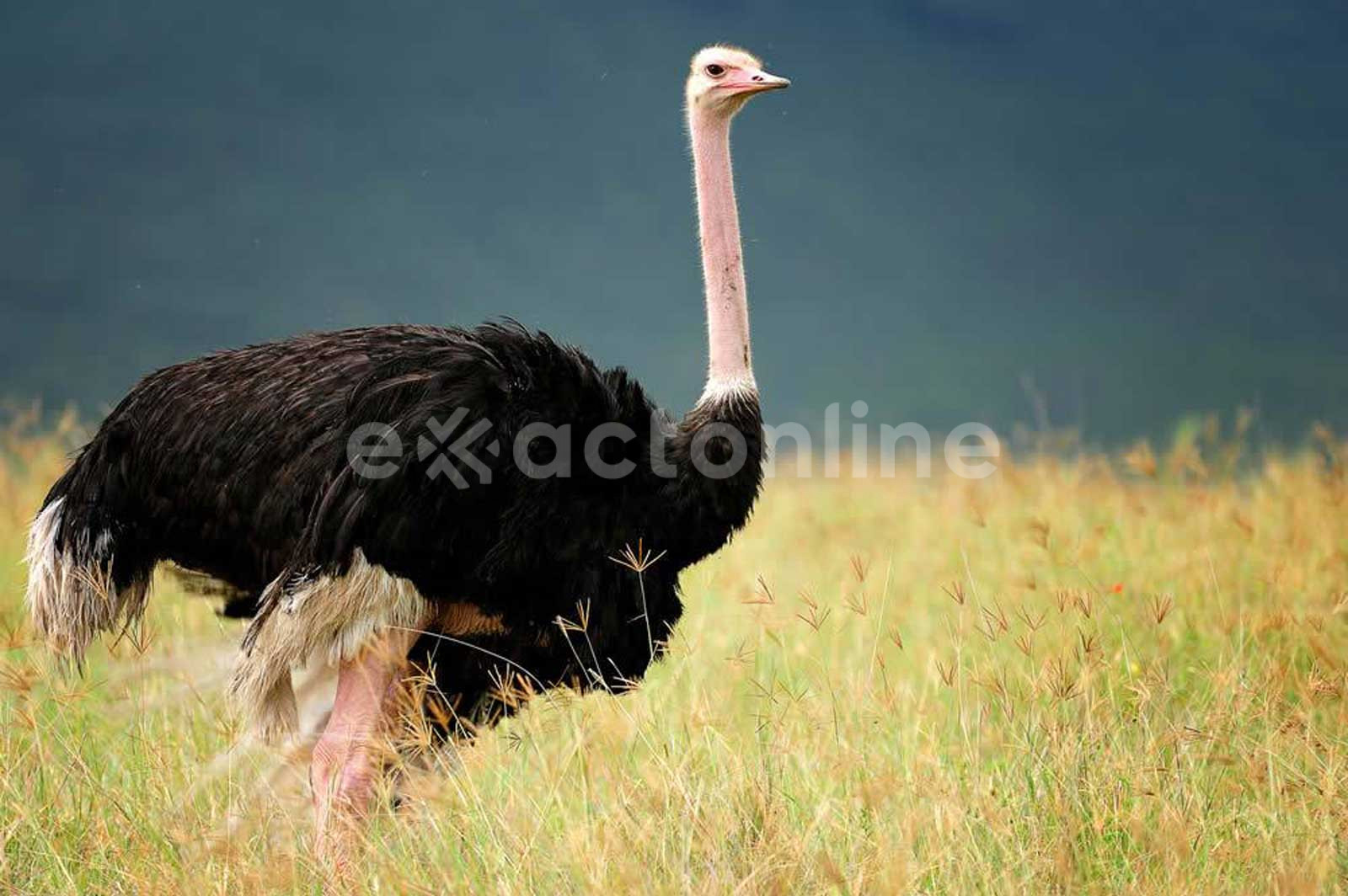Kitulo National Park consists of the Kitulo Plateau, a botanical paradise between December and March. The hiking is muddy, but it is rewarding as you explore the flowers and birds that call this park home. The orchids are in full bloom in February, and their species number in the 40s
Kitulo Plateau National Park : Facts, Features and More
Features
Location: Southern Tanzania, 100km (60 mi) from Mbeya town. Park headquarters is at Matamba.
Accomodation & Services
Why should you visit? Perched at around 2,600 metres (8,500 ft) between the rugged peaks of the Kipengere, Poroto and Livingstone Mountains, the well-watered volcanic soils of Kitulo support the largest and most important montane grassland community in Tanzania. One of the most valuable watersheds for the Great Ruaha River, Kitulo is also the first national park in tropical Africa to be visited largely for its floral significance – not only a multitude of orchids, but also the stunning yellow-orange red-hot poker and a variety of aloes, proteas, geraniums, giant lobelias, lilies and aster daisies, of which more than 30 species are endemic to southern Tanzania and 26 to the Kitulo region. Kitulo is not only unique for pretty flowers, it’s also home to the ‘Kipunji’ – or Highlands Mangabey – which is the rarest monkey in Africa. First discovered in 2003 it was the first new monkey genus established since 1923. The plateau is also home to some important bird species, again many endemic to Tanzania, including the endangered blue swallow, Denham’s bustard, mountain marsh widow, Njombe cisticola, and Kipengere seedeater. Some of the world’s rarest butterflies also inhabit the area, along with chameleon, lizard, frogs and a few hardy reedbuck and eland. 
